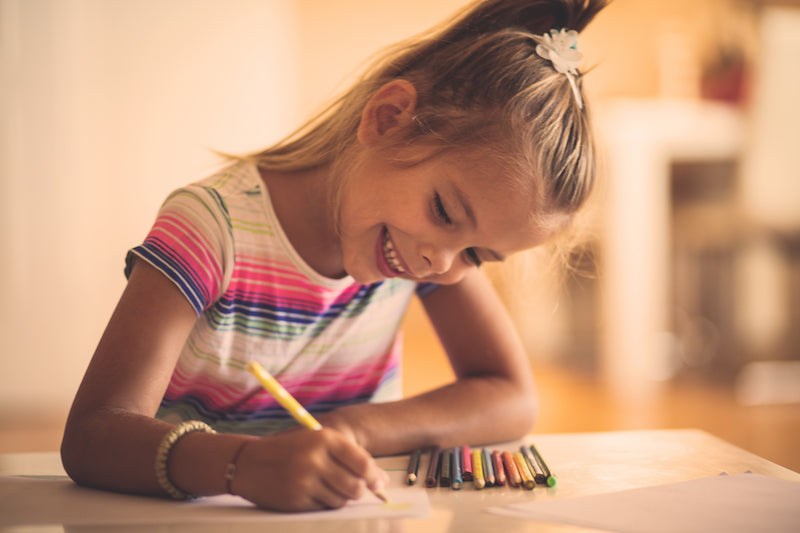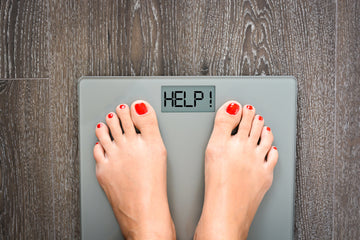Why You (and your littles) Should Be Coloring

Whether you want to admit it or not, you have been feeling the fallout that comes with extensive and chronic stress. We all have. We may be "in this together," but that doesn't mean that we are actually okay. As the pandemic continues, everyone is looking for ways to handle stress. Well, grab your kids' crayons and pull up a chair because coloring is making a comeback.
There are developmental and therapeutic benefits of coloring for adults and kids.
Inside the lines?
Outside the lines?
No lines at all?
Coloring can be as individual as a cup of coffee, and possibly more therapeutic for you.
In recent years, the art of coloring has broken into the world of adulthood. Yes, moms have been coloring rainbows with toddlers for generations, but the current trends dive far deeper than a quick stick figure before moving on to house chores. Taking the time to sit down, clear the mind, and truly color benefits the mind and soul, and sets a lifelong example for your growing children.
From a young age, toddlers and children are attracted to colors and coloring. Developmentally, coloring provides benefits with fine motor skills and focus. A crayon, pencil, marker, or drawing tool of choice provides opportunity to develop writing coordination. Coloring regularly also improves handwriting; creativity is harvested and imagination takes flight. Children who color are typically more patient than their peers. By transitioning from scribbling to coloring within the lines, both sides of the brain are activated. Not only does this improve brain function and intelligence, but it improves hand-eye coordination.
As children grow, coloring tends to fall to the sidelines. This is a great time to pull out your own coloring book and leave an open invitation to your tween or teen to join you. The moments pass quickly, and the parent-child relationship is ever-changing. Take the time to reconnect, slow down, and let the silence guide a natural conversation. In a world where most people lack the ability to sit quietly together, coloring can help teens transition to a more peaceful adulthood.
The same is true for adults, of course. Our brains tend to be on autopilot, completing the same tasks day in and day out. By activating both the logical and creative hemispheres of the brain, we are opening all the portions not often used. Doing this can increase our memory retention, help us problem solve, and possibly lead a less stressful life. Just as meditation aids us in clearing the mind, coloring becomes a zen-like experience. Finishing a coloring piece also provides a sense of accomplishment and pride, emotions that, as adults, we do not tend to feel regularly. Even the basic benefits of coloring that children experience are proven to occur in adults as well. What adult couldn’t use a little more patience and stillness in their life?
Perhaps the greatest thing that comes from coloring is learning to express creativity. Children may feel comfortable in doing so, but throughout the years, we all find it more and more awkward to do so. If a simple task such as slowing down and coloring can help us all find our inner creativity, we may be able to have an overall more positive impact on the world. Thinking outside of the box often takes more than just intelligence, it takes creativity.







